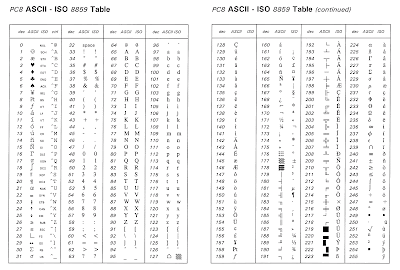Laravel RBA using middleware
Refer to Chatgpt
https://chat.openai.com/share/9489242f-f2da-454e-ae3b-67a10036542e
In Laravel, middleware is a way to filter HTTP requests entering your application. Middleware can be assigned to routes to perform various tasks before or after the request enters the controller. To create middleware for user and admin roles, you can follow these steps:
1. **Create Middleware:**
You can create middleware using the following Artisan command:
```bash
php artisan make:middleware CheckRole
```
This will generate a `CheckRole` middleware class in the `App\Http\Middleware` directory.
2. **Modify the Middleware:**
Open the `CheckRole` middleware class (`App\Http\Middleware\CheckRole.php`) and implement the logic to check the user role. Here's a simple example:
```php
<?php
namespace App\Http\Middleware;
use Closure;
use Illuminate\Support\Facades\Auth;
class CheckRole
{
public function handle($request, Closure $next, $role)
{
// Check if the user is logged in
if (Auth::check()) {
// Check the user's role
if ($request->user()->role == $role) {
return $next($request);
}
}
// Redirect or handle unauthorized access
return redirect('/')->with('error', 'Unauthorized access.');
}
}
```
In this example, the middleware checks if the user is logged in and if their role matches the expected role.
3. **Register the Middleware:**
Add your middleware to the `$routeMiddleware` array in the `app/Http/Kernel.php` file:
```php
protected $routeMiddleware = [
// other middleware entries...
'checkRole' => \App\Http\Middleware\CheckRole::class,
];
```
4. **Use the Middleware in Routes:**
You can now use your middleware in your routes. For example, in your `web.php` routes file:
```php
Route::middleware(['checkRole:user'])->group(function () {
// Routes accessible only to users
Route::get('/user/dashboard', 'UserController@dashboard');
});
Route::middleware(['checkRole:admin'])->group(function () {
// Routes accessible only to admins
Route::get('/admin/dashboard', 'AdminController@dashboard');
});
```
In this example, the `checkRole` middleware is applied to routes. The middleware expects a role parameter (e.g., 'user' or 'admin').
Remember to customize the middleware and route logic based on your application's authentication and role structure. This is a basic example, and you might need to adjust it based on your specific requirements and authentication setup.


Ulasan